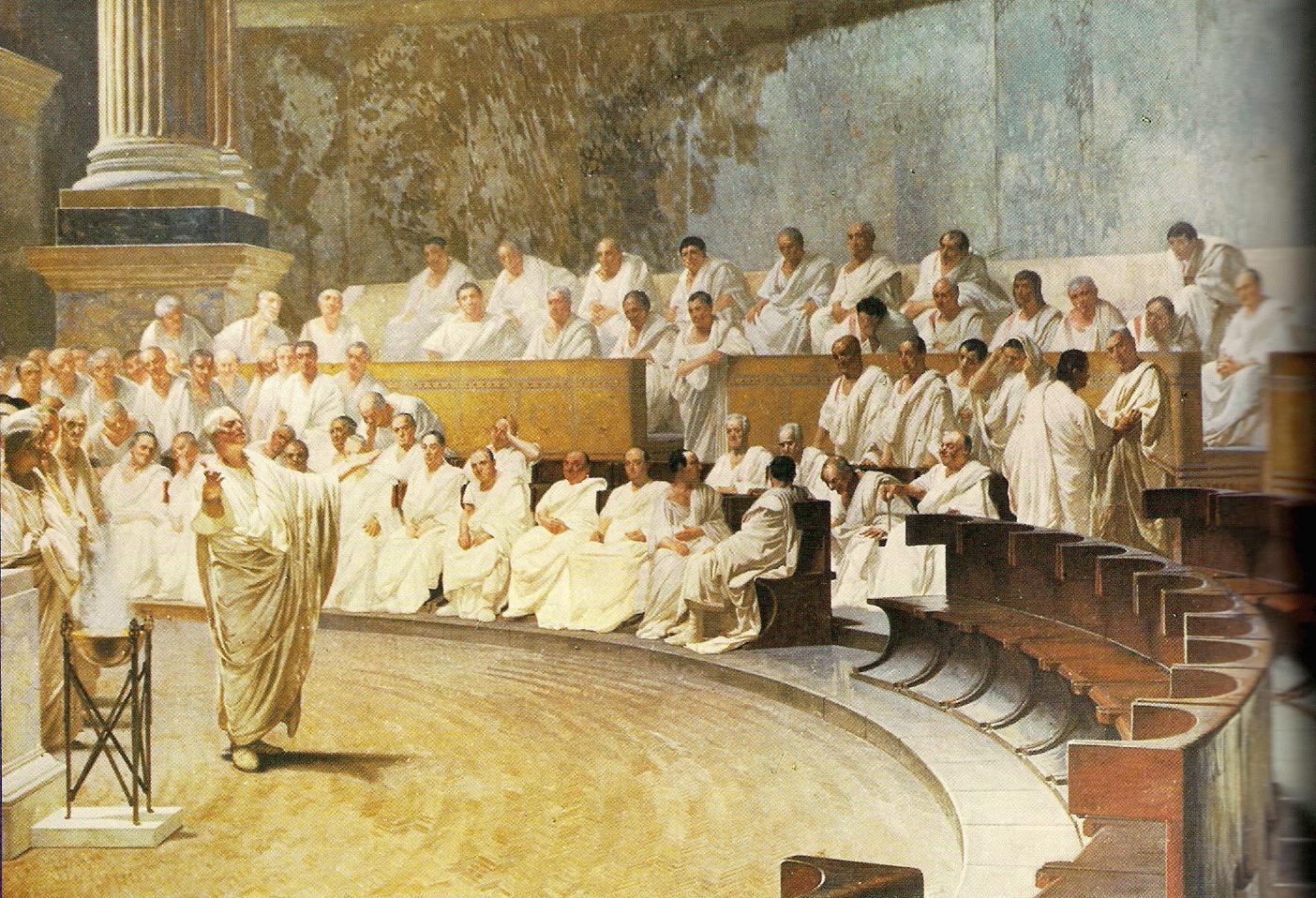The Enigmatic Government Of Ancient Rome: Unraveling Its Form
Ancient Rome was a powerful and influential civilization that lasted for over a thousand years. Its government went through several changes over time, so which type of government characterized ancient Rome?
The government of ancient Rome was a republic for most of its history, starting with the overthrow of the Etruscan monarchy in 509 BC. A republic is a form of government in which power is held by the people and their elected representatives. In Rome, the people elected two consuls each year to lead the government. The consuls had the power to make laws, command the army, and veto each other's decisions. The Roman Senate was a powerful advisory body that helped the consuls make decisions.
The Roman Republic was a successful form of government for many years. It allowed Rome to expand its territory and become a major power in the Mediterranean. However, the Republic began to decline in the late 1st century BC. This was due to a number of factors, including the growth of corruption, the rise of powerful generals, and the increasing gap between the rich and the poor. In 27 BC, Octavian, who would later become known as Augustus, became the first emperor of Rome. The Roman Empire was a monarchy, in which power was held by a single ruler. The emperor had the power to make laws, command the army, and appoint officials. The Roman Empire lasted for over 400 years, but it eventually declined and fell in 476 AD.
which type of government characterized ancient rome
Republic
Empire
FAQs on "which type of government characterized ancient rome"
This section provides answers to frequently asked questions (FAQs) about "which type of government characterized ancient rome" to enhance understanding of the topic.
Question 1: What are the key differences between the Roman Republic and the Roman Empire?
The Roman Republic was a government in which power was held by the people and their elected representatives, while the Roman Empire was a monarchy in which power was held by a single ruler. The Republic had a system of checks and balances to prevent any one person from becoming too powerful; the Empire did not.
Question 2: Why did the Roman Republic decline?
The Roman Republic declined due to a number of factors, including the growth of corruption, the rise of powerful generals, and the increasing gap between the rich and the poor.
Summary: Understanding "which type of government characterized ancient Rome" is crucial for grasping the evolution and structure of Roman governance. The Republic and Empire, each with distinct characteristics and historical significance, shaped the course of Roman civilization.
Conclusion
Ancient Rome's government evolved significantly over time, transitioning from a monarchy to a republic and eventually to an empire. Understanding "which type of government characterized ancient rome" is essential for comprehending the complexities of Roman governance and its profound impact on Western civilization.
The Roman Republic, with its innovative system of checks and balances, laid the foundation for democratic principles that continue to shape modern governments. The Roman Empire, while autocratic in nature, achieved remarkable territorial expansion and administrative efficiency, leaving a lasting legacy in law, infrastructure, and cultural influence.
Studying the evolution of Roman government provides valuable insights into the strengths and weaknesses of different political systems. It underscores the importance of balancing power, ensuring citizen participation, and maintaining a delicate equilibrium between stability and progress.
The Ultimate Guide To Woodchuck Woodchucking: Uncovering The Truth
Unlock Savings And Rewards With Your Kohl's Credit Card
Grammar Guide: Understand The Difference Between "Has Estado" And "Haz Estado"
